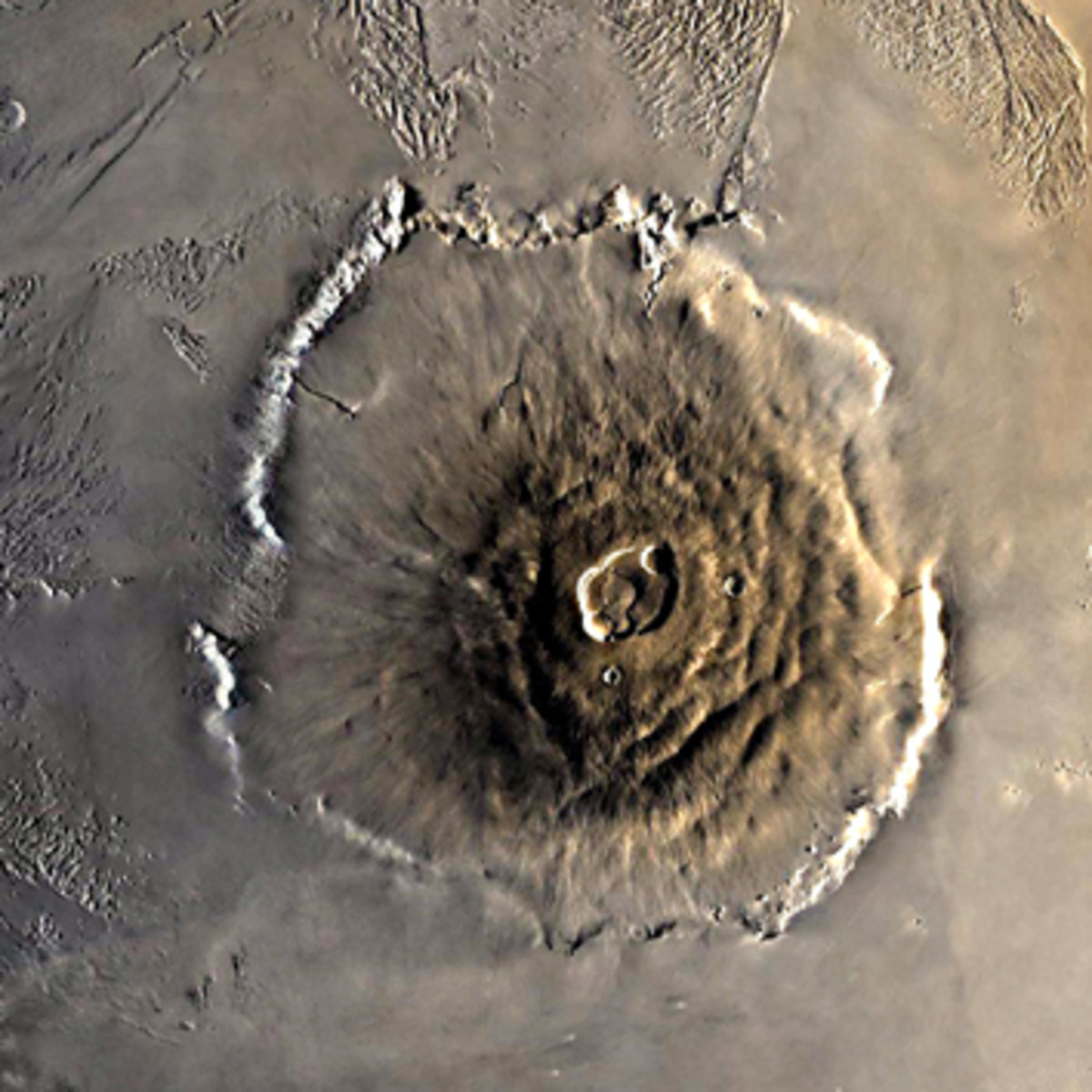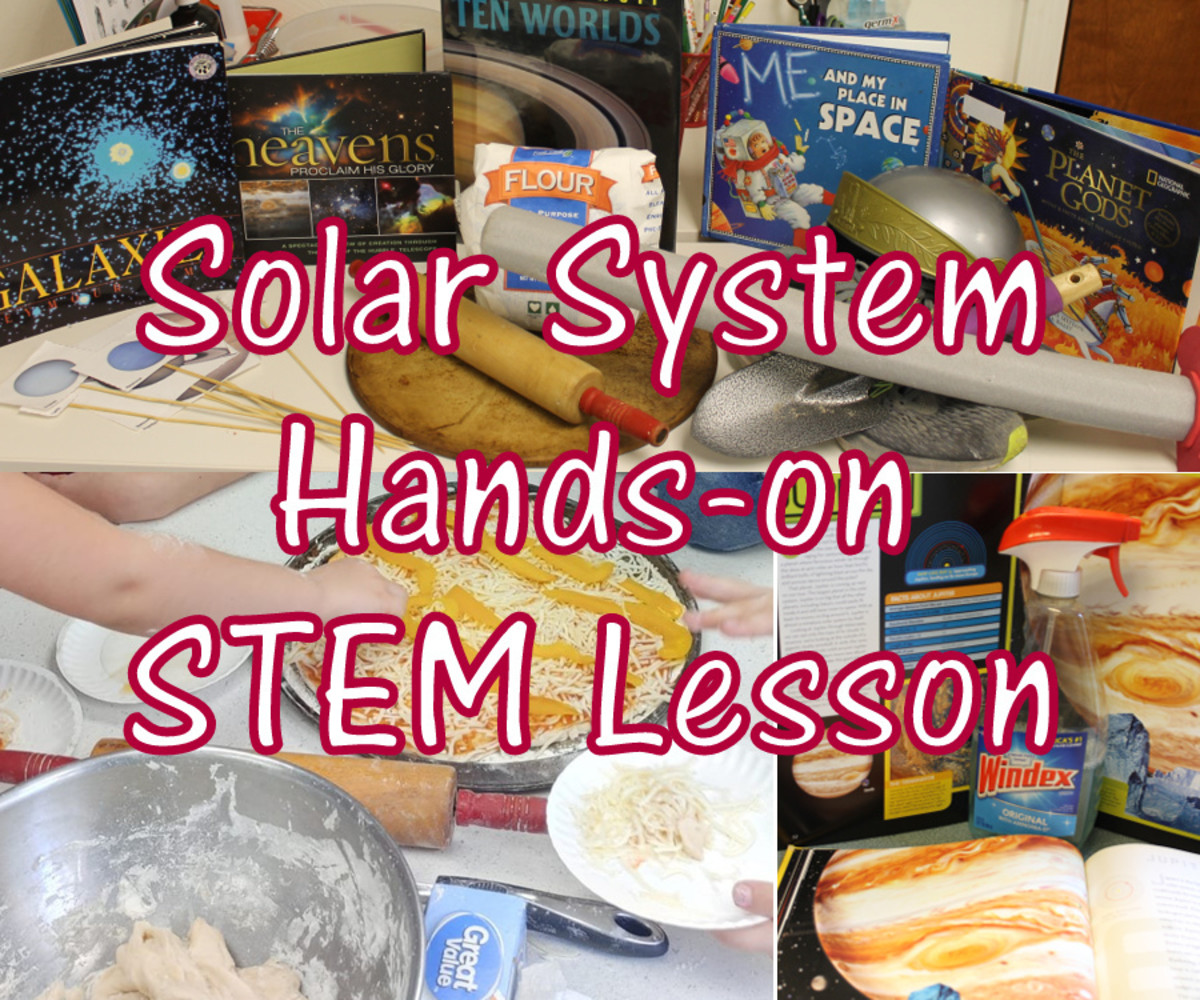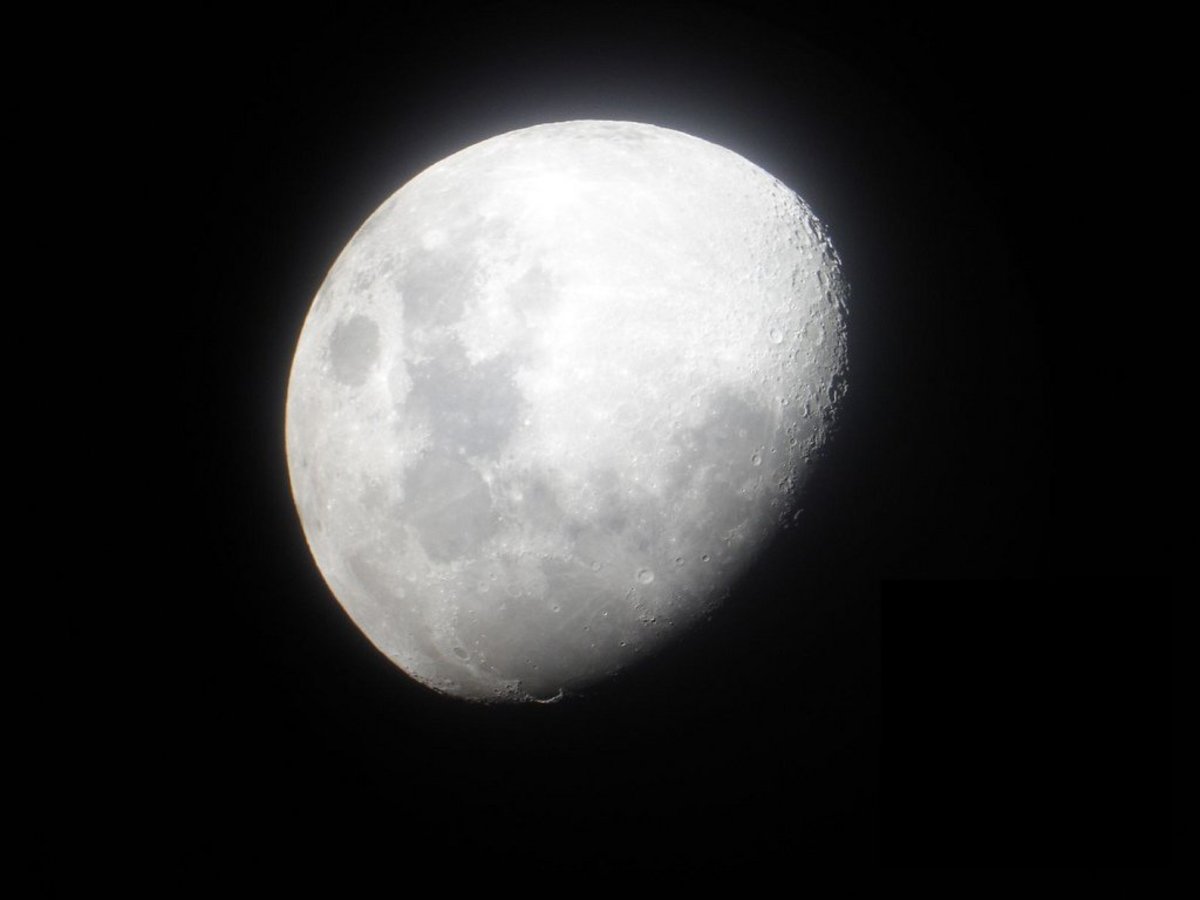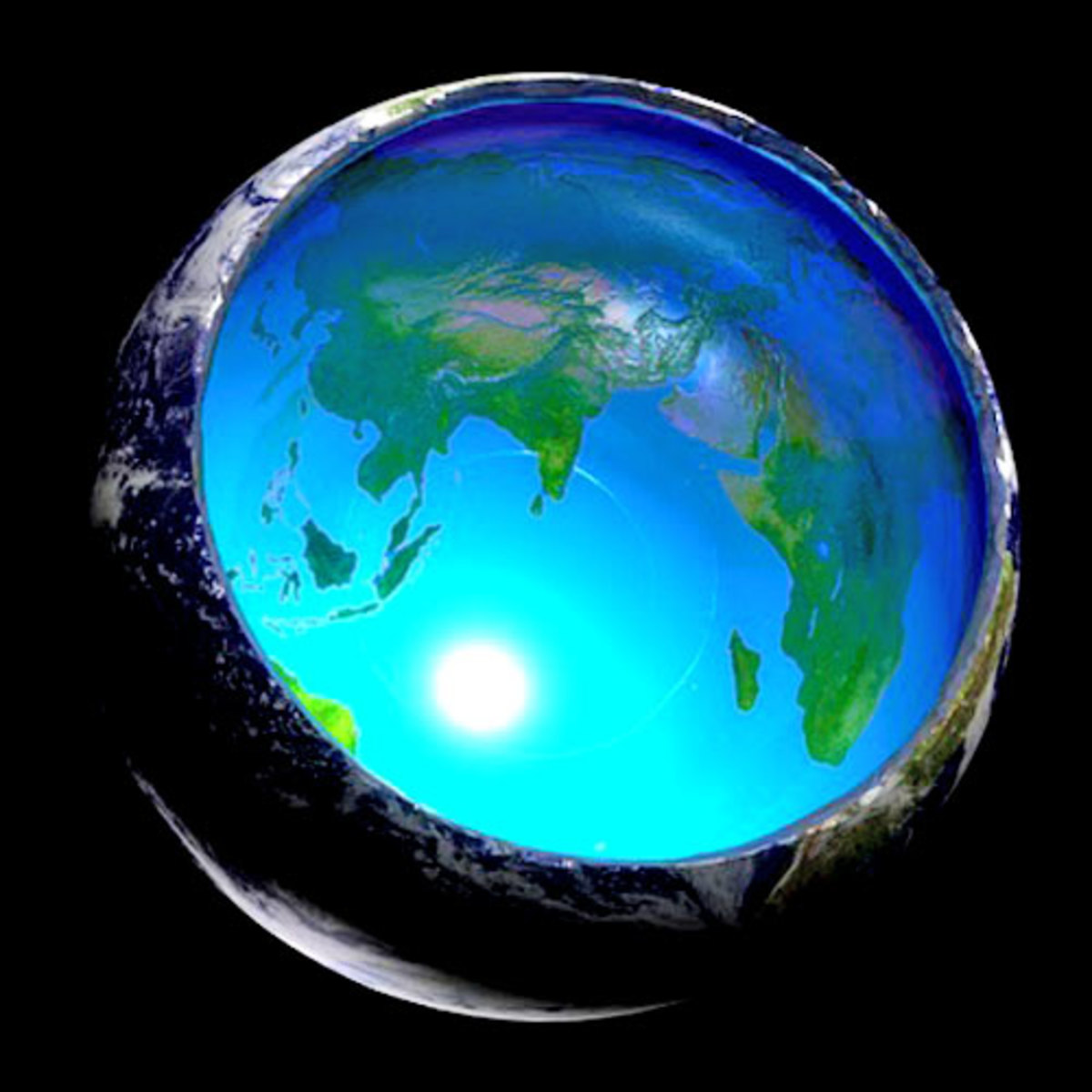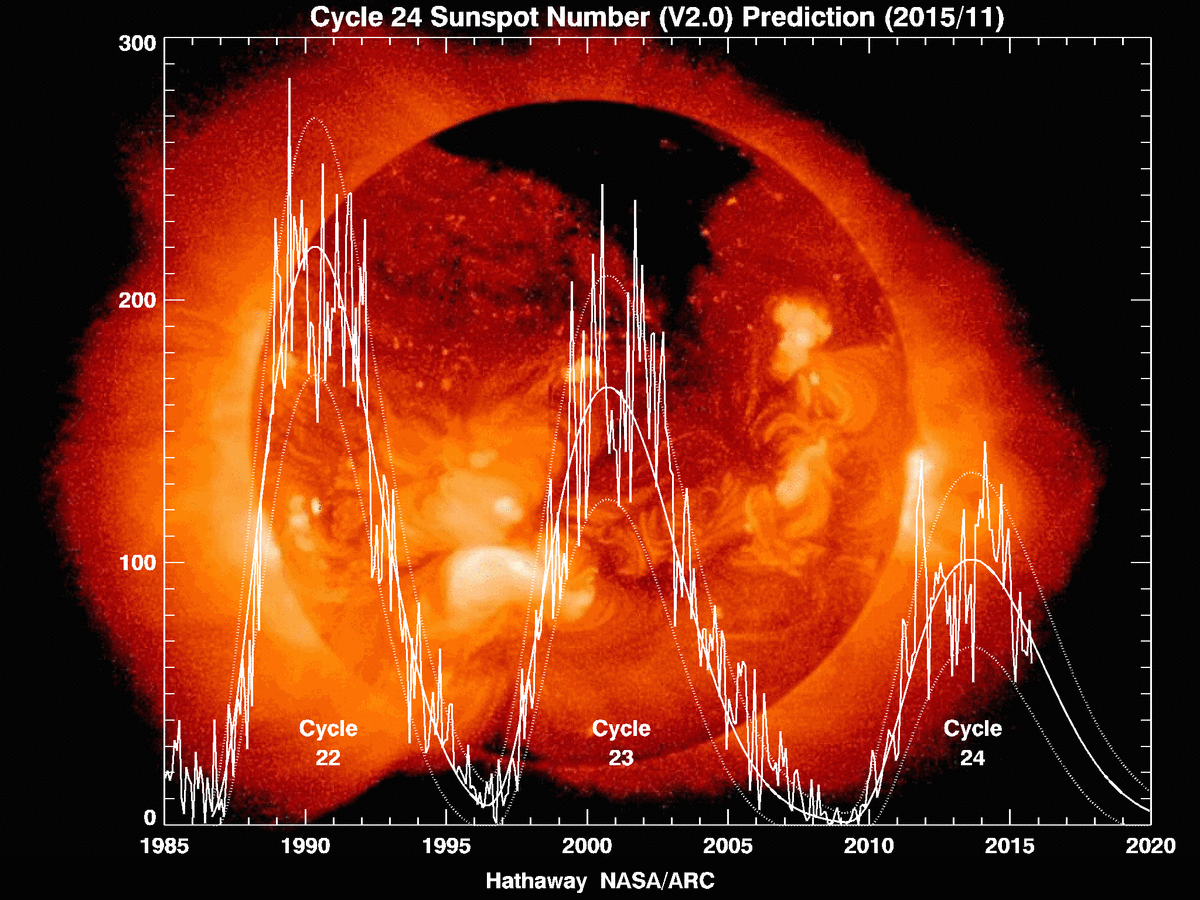The Late Heavy Bombardment and Other Impacts That Helped Shape Our Solar System
Our solar system is an estimated 4.6 billion years old, so you can imagine that it has been through an incredible amount of catastrophes to acquire the stability it maintains today. But what exactly shaped us to be what we are today? Let's explore...
The Formation of Our Solar System
The Universe is an estimated 12 to 13 billion years old, but our Solar System is much younger. The enormous, drifting cloud of interstellar dust and gas lingered in our unobtrusive area of the Milky Way for several billion years prior to the formation of planets. (About 9 billion years.) It is theorized that a nearby supernova explosion burst an extremely large amount of energy and interstellar material into our lingering cloud. The cloud then began to collapse upon itself, in fact our Sun is the result of most of the material having settled in the very center of this cloud.
Through a process called accretion, dust particles collide and stick together due to the electrostatic and gravitation attractions, and as this continues, all of these particles gather and build around the orbiting star, creating solid masses at least a kilometer in diameter. As these collisions continued through millions of years, it began to form what we now see as our planets. Our four inner most planets formed in similar structure and are all rocky planets, unlike our outer gas giants. These structures continued to be bombarded for several hundred million years in what many scientists consider an era of huge impact. This was The Late Heavy Bombardment.
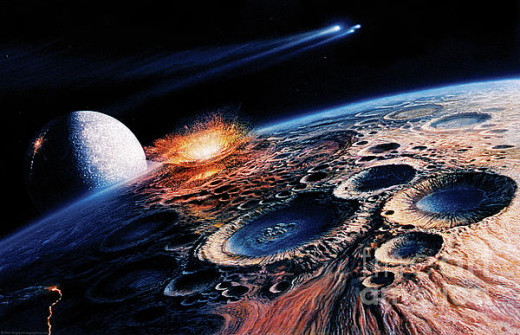
The Late Heavy Bombardment
The Late Heavy Bombardment is a widely accepted theory among scientists that assumes how our inner rocky planets were shaped through history. This theory accesses that a countless number of asteroids and comets pelted the inner planets, as well as our Earth and the Moon, leaving behind observable evidence on our moon, but millions of years of plate tectonic activity and land erosion has made it much more difficult to see the evidence of the impact here on Earth because our surface is constantly renewed.
Scientists believe that gas giants such as Jupiter, Neptune, Saturn and Uranus all essentially played a roll in this bombardment on the inner planets. It is postulated that these four gas giants roamed the solar system and that their gravitational pulls were so powerful that it heave the surrounding asteroids and comets toward the inner most planets. As disasterous as all of this sounds, it is actually assumed that the water rich comets is responsible in supplying the Earth it's oceans.
Assuming this hypotheses would entail that the Late Heavy Bombardment only lasted 100 to 200 million years. But there are other theories that suggest different time frames.
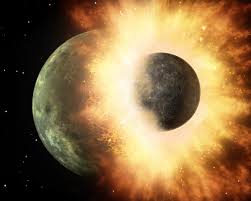
Theia
The large impacts certainly did not end with the Late Heavy Bombardment. Scientist estimate that about 4.5 billion years ago, a celestial object roughly the size of Mars, collided with early Earth, ejecting fragments from both planets (but mostly Theia) into space.. These fragments created the what we call our Moon. Since the 1980's this theory has been repeatedly studied and analyzed. New information has since been discovered.
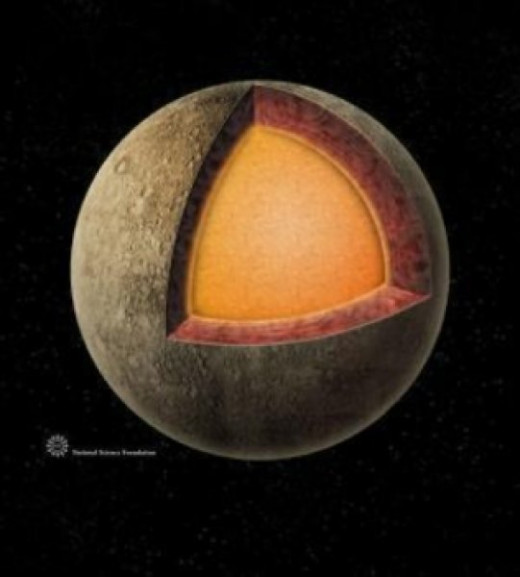
Mecury's Mantle
Mercury is the smallest planet in our solar system, aside from Pluto of course. Mercury has an iron core that accounts for 40% of the planets entire volume. Making it an extremely dense planet. That's astonishing when considering the Earth's own core only accounts for 20% of our total volume. So what happened to Mercury's mantle?
It is suggested that between roughly 4.1 and 3.8 billion years ago, a very large celestial object collided with Mercury, ejecting much of it's mantle straight into the Sun, while the remaining debris was expelled through the solar system, as far out as Jupiter. Several tons of this debris from Mercury is said to have crashed into the Earth.
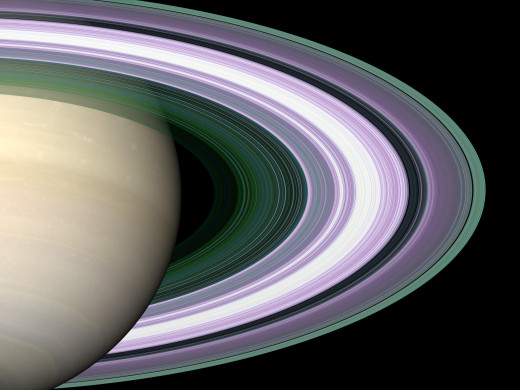
The Rings of Saturn
Saturn's rings were first discovered in the 1600's, when Galileo discovered the haze surrounding the outer gas giant, but he was unsure as to what it was. Christian Huygen figured out they were planetary rings in 1655. Since the discovery of our rings planet, we have been in awe. But what caused these rings? Many scientists hypothesize that Saturn's rings were formed when large objects (presumably at least one to two moons, relitively medium to large in size), fell into Saturn. As the object was being drawn inward by Saturn's immense gravitation pull, it began to break apart into billions of smaller pieces, which then fell into orbit with Saturn and began to form the icy rings that we see today.
The rings of Saturn are probably much younger than the planet itself.
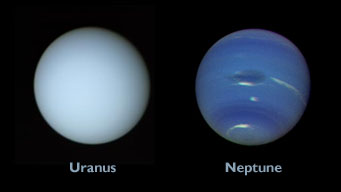
Neptune and Uranus
This is a tale of little collision and more gravitational force. Neptune and Uranus are our outer most gas giants. They are both similar in structure and most likely orginally formed closer to the Sun, but were pushed outward by the, at the time, orbits of Jupiter and Saturn and were essentially bumped into their positions by left over remnants of planetary formations. So the only collision factor here was the push back from the left over remnants. As depicted by The Nice model.
Based on the density of materials on the two planets surfaces, Neptune would have needed to move past Uranus about 650 million years. So this would assume that for roughly 15% of our solar systems history, Neptune was closer to the Sun.
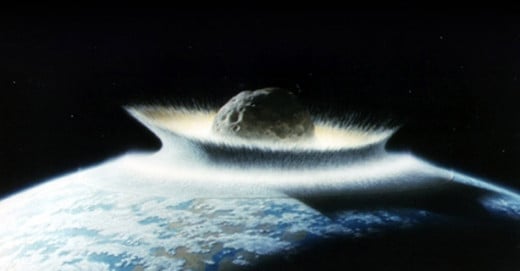
Collisions Transform..Even Earth
Life on Earth has been transformed through collision. The planet Earth itself has been altered man times in it's past. The life altering collision 65 billion years ago, was brough forth by an asteroid the size of Everest, when it plummeted through Earth's atmosphere. Causing the extinction of 85% of Earth's species at the time. Though tragic, it gave way for surviving species to thrive and evolve. The impact was most likely responsible for our current state of being today.
Every where in the universe collisions break things apart, bring them together and leave the state of planets, stars and solar systems altered from their original state.
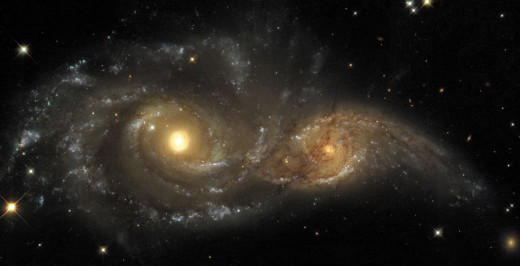
Future Impact To Shape Us
About four billion years from now, it is theorized that our own Milky Way galaxy will collide with our large neighboring galaxy Andromeda. The current distance between the Milky Way and Andromeda is about 2.5 million light years. The gravity fueled galaxies currently speed toward each other at an estimated 402,000 kilometers per hour. The galaxies are expected to collide head-on and zoom through one another in a repeated event for 1 billion years before they finally merge with one another. Our own galaxy would remain intact, our Sun will probably be just entering into it's red giant phase and will have wiped out Earth life. This will surely be the greatest impact to occur to our galaxy and ultimately reshape us.
"Using nothing more than Newton's law of gravitation, we astronomers can confidently predict that our home galaxy, the Milky Way, will merge with our neighboring galaxy, Andromeda several billion years from now. Because the distances between stars are so great compared to their sizes, few if any stars in either galaxy will actually collide. Any life on the worlds of that far-off future should be safe, but they will be treated to an amazing, billion year long light show." -----Neil DeGrasse Tyson
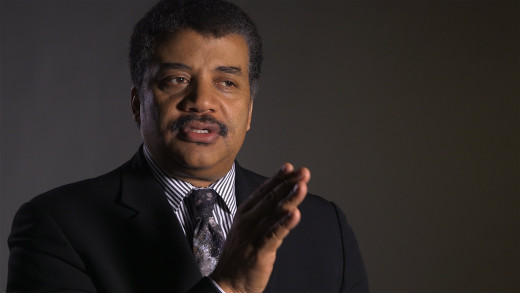
Citations
Cosmic Collisions, American Museum of Natural History
(2014) The Cosmos: A Space Time Odyssey, Neil DeGrasse Tyson

